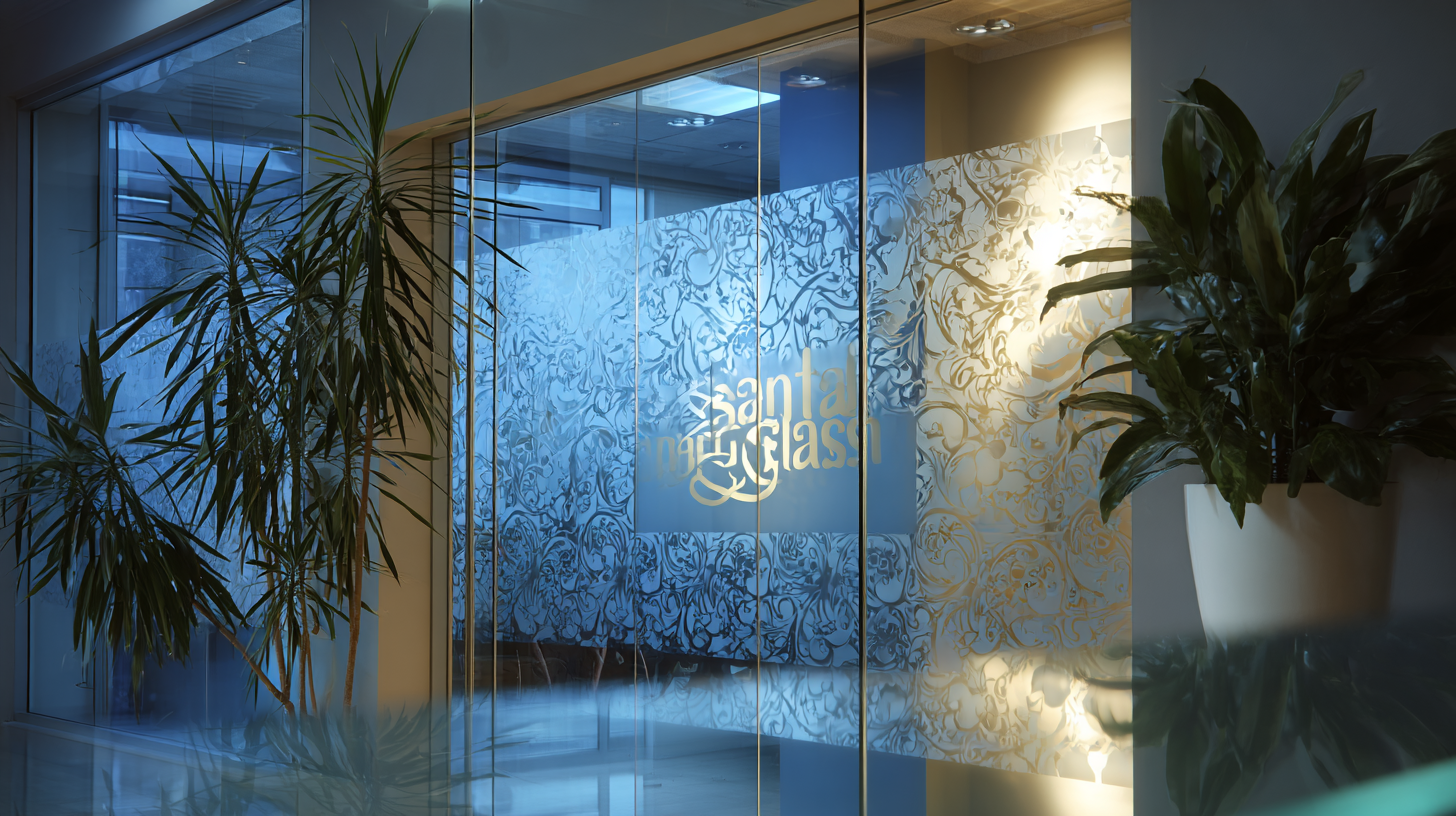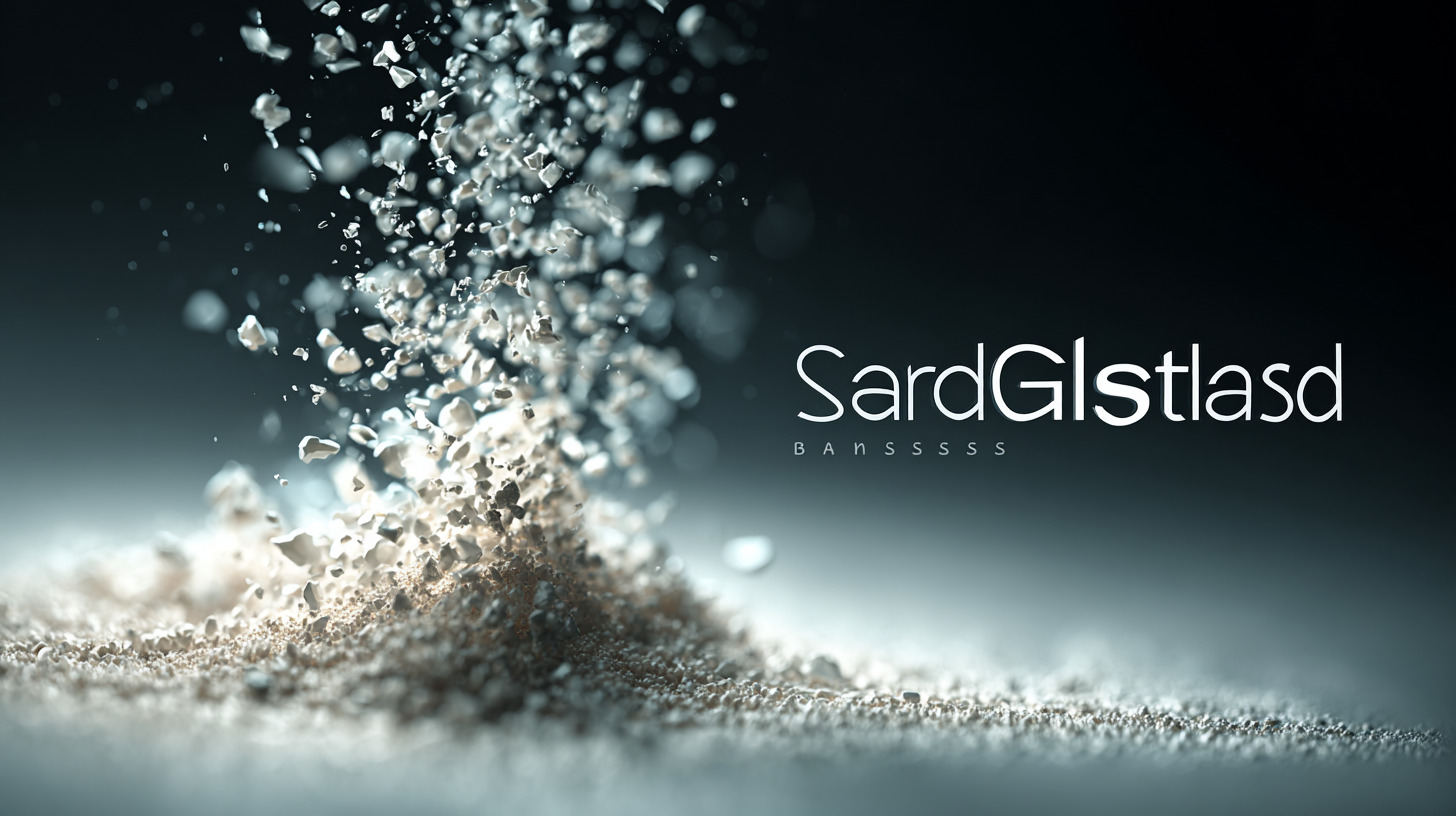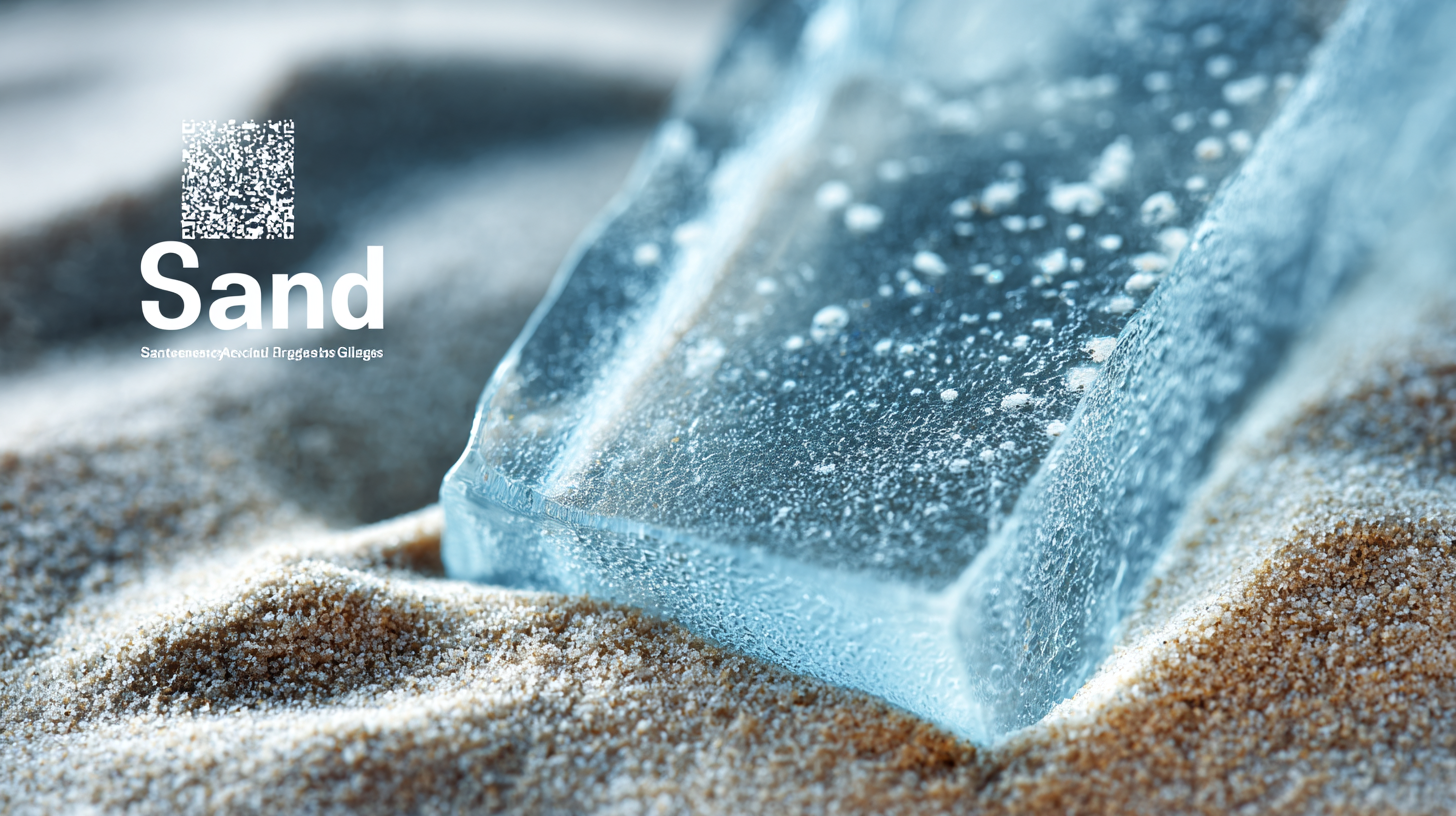
In the world of interior design and architectural aesthetics, the use of
Sandblasted Glass is becoming
increasingly popular due to its unique combination of beauty and functionality.
According to a recent market report by Grand View Research, the global glass market
is projected to reach $200 billion
by 2027, with a significant contribution from decorative glass products like
sandblasted options. This technique
not only enhances visual appeal but also provides privacy and reduces glare
without compromising light transmission.
As designers strive to create spaces that are both striking and serene, understanding
the top strategies for maximizing the impact of
Sandblasted Glass is essential.
This guide delves into innovative applications, design principles, and industry insights,
ensuring that your projects can harness the full potential of this versatile material.

 Sandblasted glass is a versatile material that has gained popularity in architectural design due to its unique aesthetic qualities and functional benefits. One of the key advantages of sandblasted glass is its ability to diffuse light while maintaining privacy. This characteristic makes it an ideal choice for spaces such as office partitions, bathroom enclosures, and residential windows, where natural light is desired without compromising on personal space. The soft, frosted surface created by the sandblasting process not only enhances the ambiance of any setting but also serves as a canvas for creative patterns and designs.
Sandblasted glass is a versatile material that has gained popularity in architectural design due to its unique aesthetic qualities and functional benefits. One of the key advantages of sandblasted glass is its ability to diffuse light while maintaining privacy. This characteristic makes it an ideal choice for spaces such as office partitions, bathroom enclosures, and residential windows, where natural light is desired without compromising on personal space. The soft, frosted surface created by the sandblasting process not only enhances the ambiance of any setting but also serves as a canvas for creative patterns and designs.
In addition to its beauty and functionality, sandblasted glass is also highly durable and easy to maintain. Unlike other decorative materials that may fade or degrade over time, sandblasted glass retains its integrity and appearance, making it a long-lasting investment. Furthermore, it is resistant to scratches and stains, which is particularly beneficial in high-traffic areas. By incorporating sandblasted glass into architectural projects, designers can achieve a balance of beauty, durability, and practicality, ensuring that their designs are both visually appealing and functional for years to come.
When it comes to glass design, the choice between sandblasted glass and traditional glass techniques can significantly influence the aesthetic and functional outcome of a project. Sandblasted glass offers a unique texture and opacity that can transform an ordinary pane into a work of art. This technique involves using high-pressure air and abrasive materials to etch designs into the surface of the glass. The result is a diffused effect that softens light, enhances privacy, and adds depth to any design concept. In contrast, traditional glass techniques such as clear, frosted, or etched glass often lack the versatility and distinctiveness achieved through sandblasting.
Moreover, sandblasted glass provides designers with a greater range of creative possibilities. Unlike traditional glass, which may only serve functional purposes or offer limited design options, sandblasted glass can be customized to feature intricate patterns and motifs. This adaptability makes it an excellent choice for projects requiring a balance of functionality and artistic expression, such as corporate spaces, residential interiors, or artistic installations. The nuanced texture can catch light in unexpected ways, producing shadows and highlights that change throughout the day, while traditional techniques might not evoke the same dynamic visual interest.
The use of sandblasted glass in design has dramatically transformed aesthetics across various industries. As a functional element, it enhances both light diffusion and privacy, but its texture plays a pivotal role in elevating aesthetic appeal. Industry reports indicate that over 70% of architects and designers consider texture to be a critical factor when selecting materials for their projects. The unique surface created by sandblasting not only adds depth but also creates visual interest, enticing viewers to engage more deeply with the design.
Furthermore, a recent study published by the Glass Association suggests that incorporating sandblasted glass can increase a project's market value by up to 15%. This is largely due to its versatility, which allows it to be integrated into a variety of applications—from interior partitions to exterior facades. Designers have noted that the soft matte finish, achievable through sandblasting, tends to complement contemporary styles, creating a harmonious balance with other materials.
In an era where tactile experiences are paramount, the textured nature of sandblasted glass clearly stands out as a vital component in maximizing aesthetic appeal and overall design impact.
When selecting materials for design projects, the long-term benefits of sandblasted glass should not be overlooked. Its durability is supported by studies that show it can withstand exposure to elements better than conventional glass. According to the Glass Association, sandblasted glass exhibits less vulnerability to scratches and UV damage, providing an ideal solution for architectural applications. This not only translates to longer-lasting installations but also less frequent replacement, ultimately saving costs over time.
Tips: To maintain the pristine quality of sandblasted glass, regular cleaning with a mild detergent and soft cloth is recommended. Avoid harsh chemicals that can erode the glass surface.
Additionally, the textured surface of sandblasted glass minimizes fingerprints and smudges, reducing maintenance frequency. This advantage is particularly beneficial in high-traffic areas, where aesthetics and cleanliness are paramount. A report from the American Society of Interior Designers highlights that environments that prioritize low-maintenance materials not only enhance visual appeal but also improve overall occupant satisfaction.
Tips: Consider incorporating sandblasted glass features in areas exposed to high touch, like office partitions or lobby designs, to enhance durability while reinforcing your brand's modern aesthetic.
| Dimension | Description | Long-term Advantages |
|---|---|---|
| Durability | Sandblasted glass is resistant to scratches and significant impact compared to regular glass. | Lower replacement costs and extended lifespan under regular use. |
| Maintenance | Requires minimal cleaning with just soap and water, without harsh chemicals. | Saves time and costs on maintenance supplies and labor. |
| Aesthetic Value | Provides a unique frosted look that enhances visual appeal. | Increases property value and attracts potential buyers or clients. |
| Light Diffusion | Sandblasted glass allows light while reducing glare and harsh shadows. | Enhances ambiance in spaces like offices and homes. |
| Customization | Can be customized in various textures and patterns to meet design needs. | Allows for creative freedom and alignment with branding or style goals. |
Sandblasted glass has emerged as a popular choice in modern design projects, providing both aesthetic appeal and utility. One of the most innovative applications is in commercial spaces, where this technique is used to create stunning frosted partitions. These partitions not only enhance privacy but also diffuse natural light, creating a bright and inviting atmosphere. Moreover, businesses often utilize sandblasted glass to showcase their branding through custom logos or motifs, making effective use of signage without compromising on elegance.
In residential design, sandblasted glass is being creatively implemented in shower enclosures, kitchen backsplashes, and even as decorative accents in furniture. The versatility of sandblasted glass allows homeowners to personalize their spaces while adding depth and texture. The ability to incorporate intricate designs means that every piece can be a unique work of art, promoting individuality in home decor. As designers continue to explore the endless possibilities of sandblasted glass, its trend in modern design projects will likely persist, inspiring fresh innovations that merge functionality with cutting-edge aesthetics.
